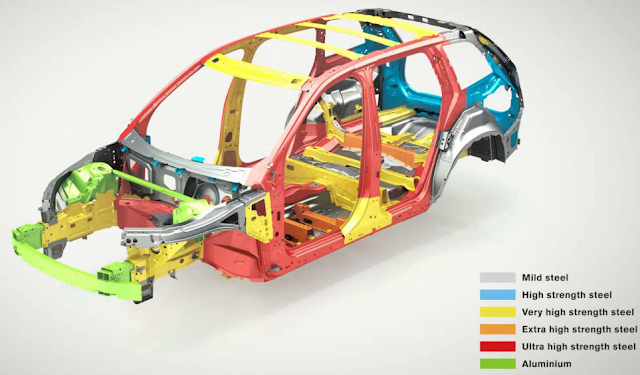Material Selection in Machine and Product Design
Selection of a proper material for the parts/components is one of the most important steps in the process of machine and product design.
The best material is one which will serve the desired purpose at minimum cost.
It is not always easy to select such a material and the process may involve the trial and error method.
- Availability
- Cost
- Mechanical Properties
- Manufacturing Considerations
- Design / Product finishing
The material should be readily available in the market, in large enough
quantities to meet the requirement.
Cast iron and aluminium alloys are always available in abundance while
shortage of lead and copper alloys is a common experience.
2. Cost:
Cost For every application, there is a limiting cost beyond which the designer cannot go. When the limit is exceeded, the designer has to consider other alternative materials. In cost analysis, there are two factors, namely cost of material and cost of processing the material into finished goods.
It is likely that the cost of material might be low, but the processing may involve costly manufacturing operations.
3. Mechanical Properties:
Mechanical properties are the most important technical factor governing the selection of material. They include strength under static and fluctuating loads, elasticity, plasticity, stiffness, resilience, toughness, ductility, malleability and hardness. Depending upon the conditions and the functional requirement, different mechanical properties are considered and a suitable material is selected.
The piston rings should have a hard surface to resist wear due to rubbing action with the cylinder surface, and surface hardness is the selection criterion.
In case of bearing materials, a low coefficient of friction is desirable while
clutch or brake requires a high coefficient of friction.
4. Manufacturing Considerations:
In some applications, machinability of material is an important consideration in selection. Sometimes, an expensive material is more economical than a low priced one, which is difficult to machine.
Free cutting steels have excellent machinability, which is an important factor in their selection for high strength bolts, axles and shafts.
Where the product is of complex shape, castability or ability of the molten metal to flow into intricate passages is the criterion of material selection.
In fabricated assemblies of plates and rods, weldability becomes the governing factor.
The manufacturing processes, such as casting, forging, extrusion, welding and machining govern the selection of material.
5. Design / Product Finishing:
In some cases the final Product demands a finishing surface, or in some cases, a functional feature that could only be obtained using materials that are very expensive because they difficult to produce or extremely rare to find. That will be, of course, noticeable on the final product price.
.png)












1 comentários: